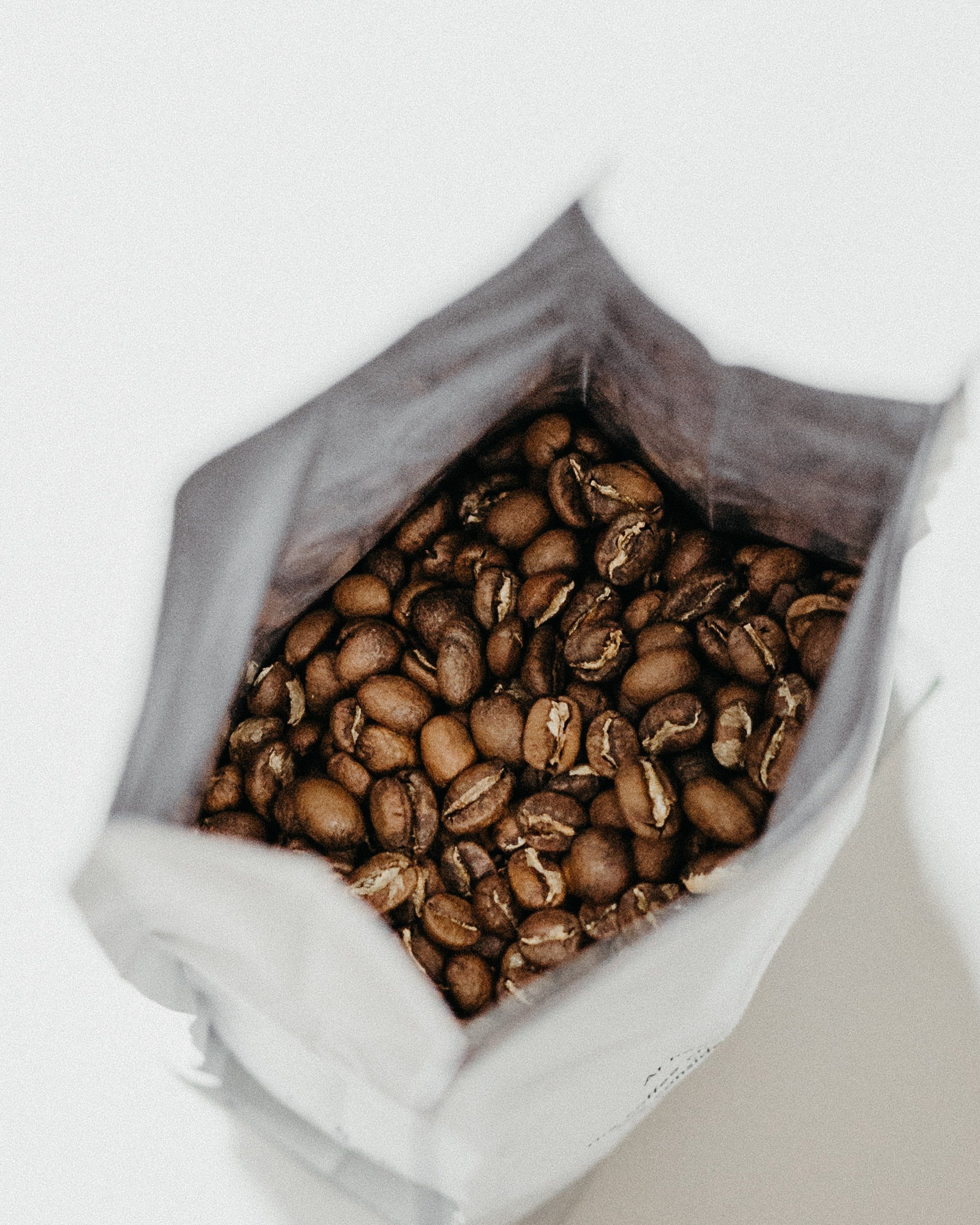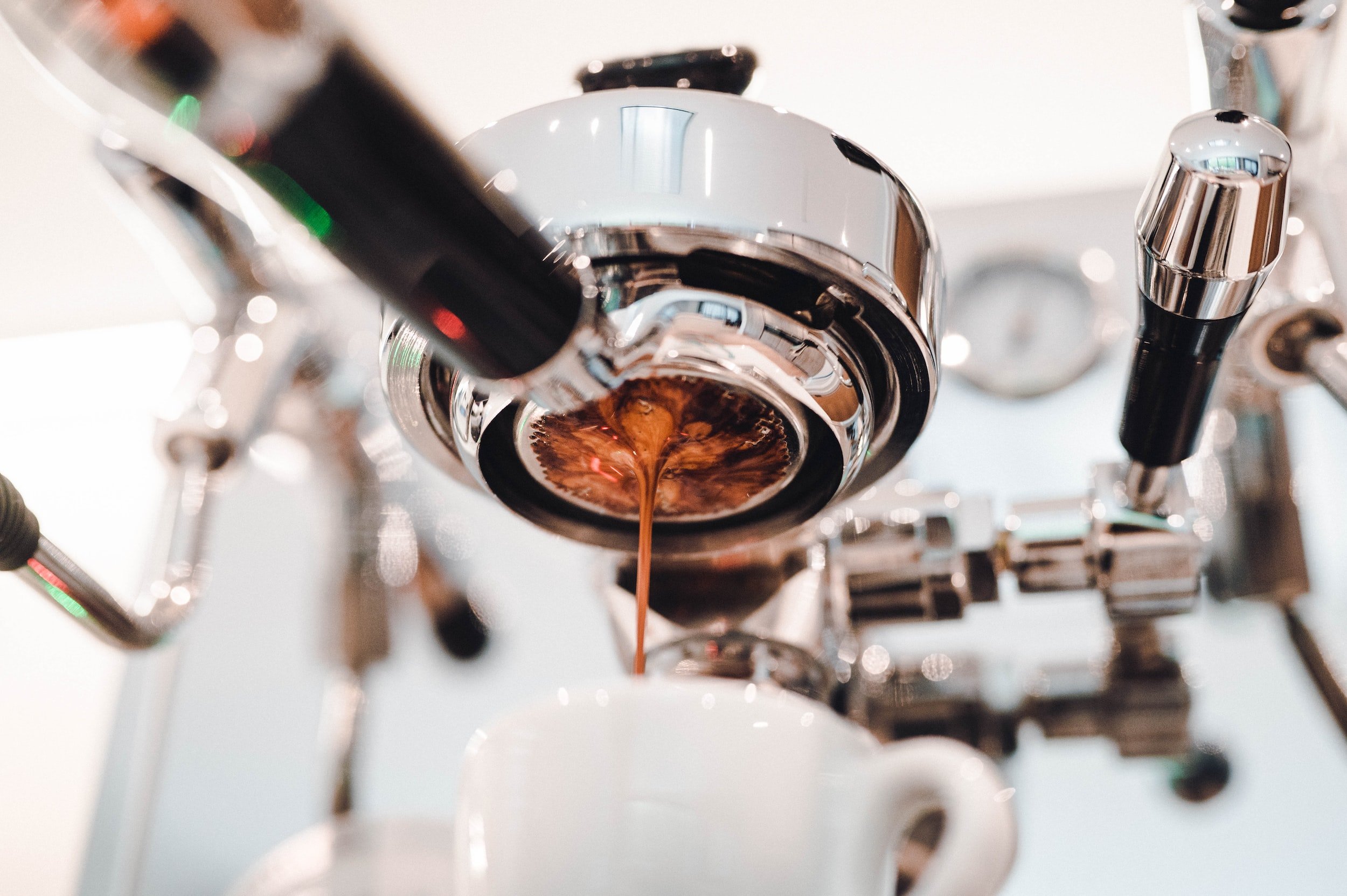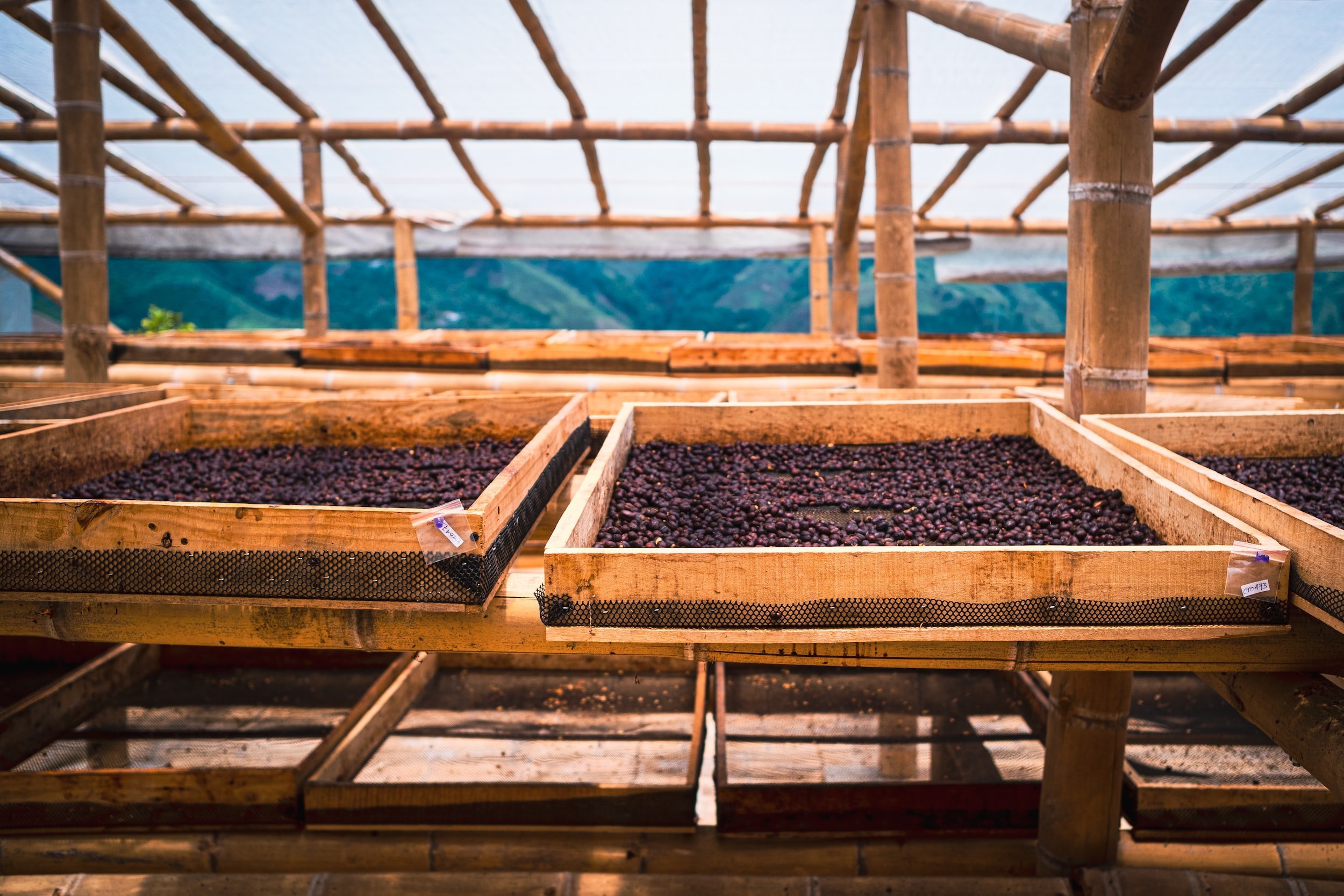What is Channeling in Espresso?
As coffee enthusiasts, we're always striving to pull the perfect shot of espresso.
However, sometimes things don't go as planned, and we end up with an unevenly extracted, bitter, or sour shot.
One of the main culprits behind this issue is a phenomenon called "channeling."
In this article, we'll dive into espresso channeling, discussing what it is, how to identify it, and most importantly, how to fix and prevent it.
What we will cover:
Let's get our barista hats on and learn how to make our espresso shots even better!
What is Channeling in Espresso?
Channeling in espresso refers to the uneven water flow through the coffee grounds during extraction.
It occurs when water finds the path of least resistance through the puck, creating channels and leading to uneven extraction.
As a result, some of the coffee grounds are over-extracted.
In contrast, others are under-extracted, producing a subpar espresso shot with imbalanced flavors.
Ensuring an even extraction by preventing channeling is crucial to achieving a perfect espresso.
The Common Causes of Channeling
Understanding the root causes of channeling in espresso is the first step to fixing and preventing the issue.
Several factors contribute to channeling, and we will explore them in detail.
Uneven coffee grounds distribution
If the coffee grounds aren't evenly distributed in the portafilter, water will flow through the less dense areas, causing channeling.
Proper distribution techniques can help eliminate this problem.
Inconsistent grind size
An uneven grind can lead to different extraction rates throughout the coffee puck, with water favoring the larger, more easily penetrable particles.
Investing in a high-quality grinder and dialing in the right grind size for your espresso can minimize channeling.
Incorrect tamping pressure
Applying the wrong amount of pressure when tamping the coffee grounds can result in channeling.
Aim for consistent and level tamping pressure to create a uniform coffee puck.
Damaged or dirty equipment
A damaged or dirty portafilter basket, shower screen, or gasket can disrupt the even water flow through the coffee puck, leading to channeling.
Regular cleaning and maintenance of your espresso machine components are essential to prevent this issue.
Old or stale coffee beans
Using fresh, high-quality coffee beans is crucial for a well-extracted espresso shot.
Old or stale beans may produce an uneven extraction, leading to channeling.
By identifying the factors contributing to channeling, you'll be better equipped to address the issue and improve the quality of your espresso shots.
How to Identify Channeling in Your Espresso Shots
Detecting channeling in your espresso shots is essential to address the issue and improve the overall quality of your coffee.
Here are some practical ways to identify channeling while pulling a shot.
Visual cues
Keep an eye on the espresso stream as it flows from the portafilter.
Visual signs of channeling can include multiple streams, uneven flow, or spurting.
A properly extracted espresso shot should have a steady stream resembling warm honey.
Taste
Channeling can lead to over- or under-extraction, resulting in an unbalanced and lackluster-tasting espresso.
Pay attention to the flavors of your coffee.
Channeling could be the culprit if you notice your shot being too bitter, sour, or lacking in depth.
Examine the spent coffee puck.
After pulling the shot, take a look at the spent coffee puck.
A soupy, uneven, or collapsed puck can indicate channeling.
Ideally, the puck should be firm and evenly compressed, with no visible cracks or holes.
Blonding
Blonding refers to the point at which the espresso lightens in color.
If the blonding occurs too early in the extraction process, it may be a sign of channeling.
Keep track of the shot time and aim for a balanced extraction within 25-30 seconds.
Bottomless portafilter
Using a bottomless portafilter can be an invaluable diagnostic tool for spotting channeling.
It allows you to see the extraction process directly from the bottom of the basket, making identifying any uneven flow or spurting easier.
By learning to identify channeling in your espresso shots, you'll be well on your way to troubleshooting the problem and brewing consistently delicious coffee.
How to Fix and Prevent Channeling in Espresso
Now that we know how to identify channeling in our espresso shots let's explore practical steps to fix and prevent it.
By following these tips, you'll be on your way to enjoying consistent and delicious espresso.
Distribute the coffee grounds evenly.
Before tamping, ensure the coffee grounds are evenly distributed in the portafilter basket.
You can use a distribution tool or your finger to spread the coffee grounds uniformly.
This provides an even extraction and helps prevent channeling.
Adjust your grind size.
If you're experiencing channeling, try adjusting your grinder's settings.
A too-fine or coarse grind can lead to channeling issues.
Try different grind sizes until you find the best one for your espresso machine and beans.
Ensure consistent tamping pressure.
Applying even pressure is crucial for preventing channeling.
Use a level tamper, and aim for a force of around 30 pounds.
Practice your technique to ensure you're tamping evenly and consistently every time.
Maintain your equipment
Regularly clean and maintain your espresso machine and grinder.
The buildup of coffee oils and residue can affect the extraction process and contribute to channeling.
Descale your espresso machine, clean your coffee grinder, and replace worn parts as needed.
Use fresh coffee beans.
Freshly roasted and properly stored coffee beans are essential for a great-tasting espresso.
Old or stale beans can cause channeling and other extraction issues.
Always store your beans in an airtight container, grinding right before use to keep them fresh.
Use your coffee beans within two to four weeks of roasting.
Adjust extraction time
If you're still experiencing channeling, consider adjusting the extraction time.
Aim for an espresso shot that takes 25 to 30 seconds to pull.
Experiment with different shot times to find the sweet spot for your machine and beans.
Consider a bottomless portafilter
A bottomless portafilter can help diagnose and fix channeling issues.
It provides real-time feedback on the extraction process, allowing you to make adjustments and improve your technique.
Following these steps, you can effectively fix and prevent channeling in your espresso, resulting in a smoother, more balanced, and enjoyable coffee experience.
Conclusion
Channeling in espresso is a common issue that can lead to uneven extraction and an imperfect shot of coffee.
By understanding channeling and how to identify it, we're better equipped to tackle this problem head-on.
With our practical tips on fixing and preventing channeling, we can fine-tune our espresso-making technique and consistently produce delicious, balanced shots.
So, experiment with your grind size, distribution, tamping pressure, and equipment maintenance.
With some practice and patience, you'll be well on your way to pulling espresso shots like a pro and enjoying every sip!





